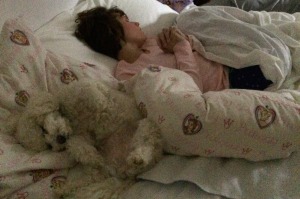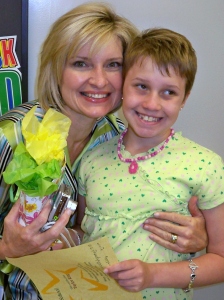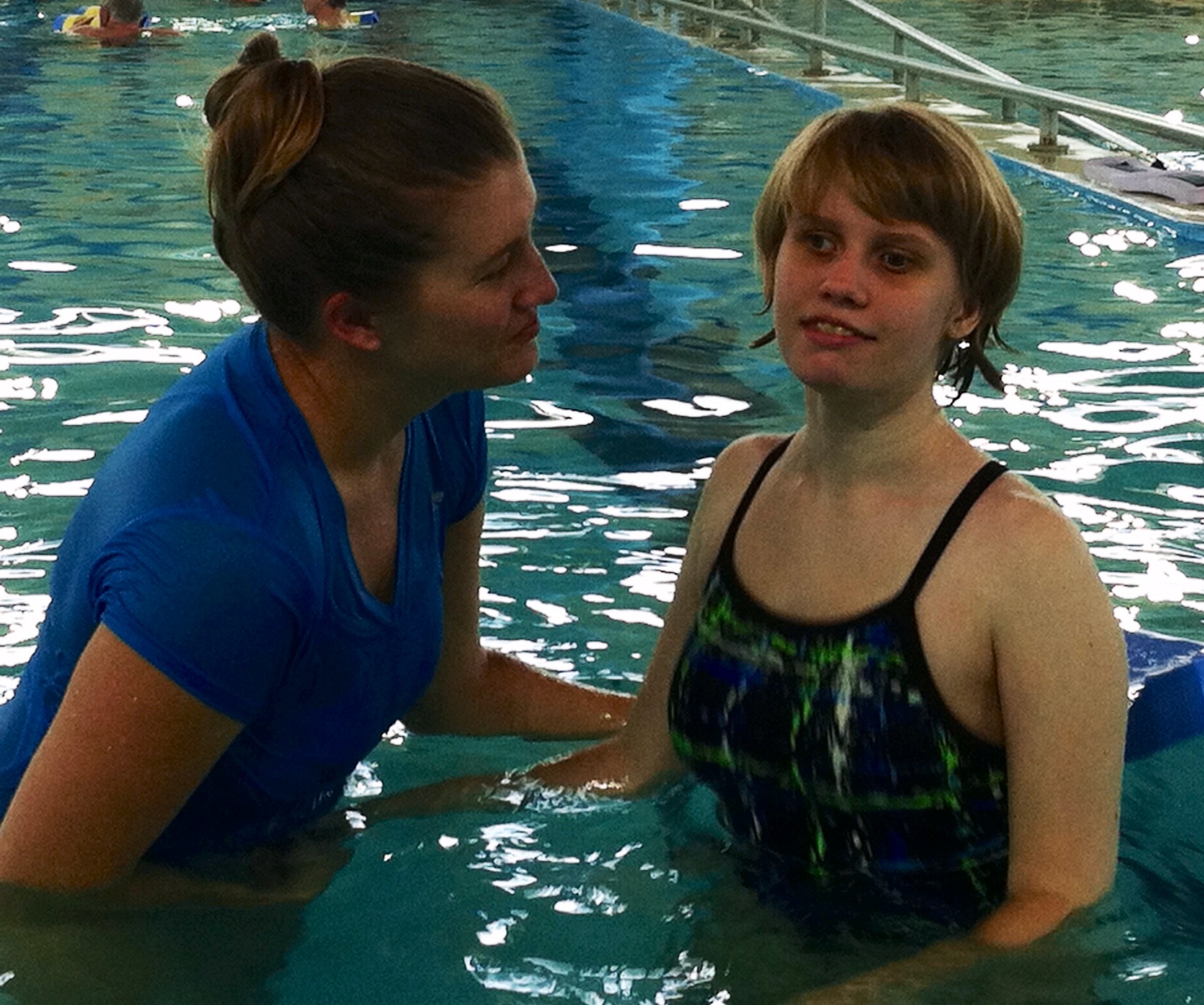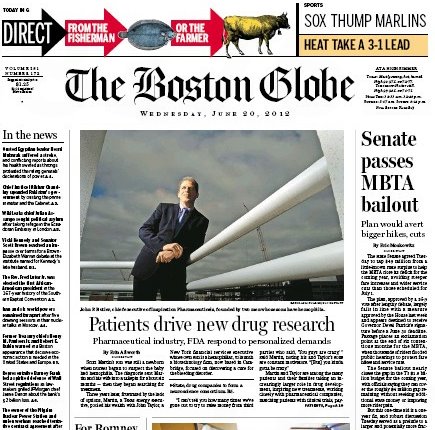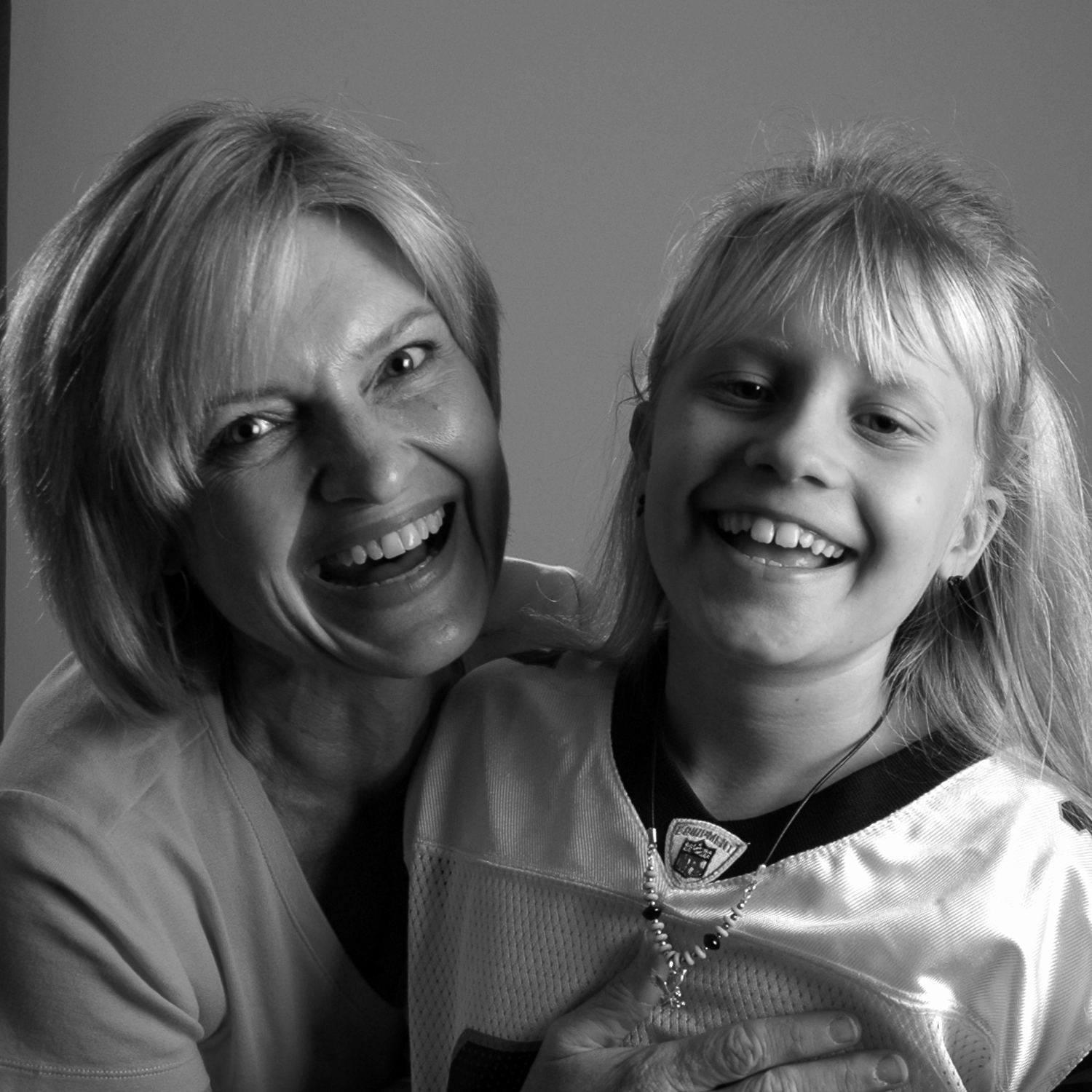I checked on Taylor as she was sleeping this morning. She had the most beautiful and peaceful smile. It was one of those precious moments you remember forever. I wondered what she was dreaming. I often wonder what she feels, thinks, dreams and fears. Batten disease really has a hold on her now, but we still try to give her the most normal life possible. Whatever she feels, thinks and dreams, we pray for happiness and peace for things she may fear. That’s really no different from what any parent wishes for his or her child.
Parents commit to helping their children follow their dreams and giving them the tools to battle their fears. But when your child has a life-threatening, rare illness, parenting takes on a new dimension. Serving as a guide for dreams come true and battling monsters becomes bigger than our children. For many of us, it becomes more about all of the children past, present and future whose dreams and fears include rare disease. I’m there.
It’s been nine long years since Taylor’s diagnosis. I imagine many people wonder why I continue to fight, why I still believe.
- Rare is not an excuse. It’s too darn easy to write off rare disease as “unfortunate.” It’s definitely unfortunate, but it happens more often than you might expect. There are approximately 7,000 rare diseases and disorders, and more are being discovered each day. Thirty million people in the United States are living with rare diseases; globally, it’s estimated that 350 million people suffer from rare diseases. About half of these people are children; 30 percent of them will not live to see their fifth birthday.
- The costs are enormous, both in terms of human suffering and economic impact. According to our partner, the EveryLife Foundation for Rare Diseases, 95 percent of rare diseases don’t have a single FDA-approved drug treatment. During the first 25 years of the Orphan Drug Act (passed in 1983), only 326 new drugs were approved by the FDA and brought to market for all rare disease patients combined. Taylor takes multiple drugs, and we continue to add expensive medical equipment. Since January 2014, she’s visited the ER three times (once via medic) and had two separate hospital stays (one for six nights). All of this, and just to treat her symptoms—not the root cause of her disease. Just imagine the costs for Taylor alone in 2014. Then, multiply that by 30 million. Wait…go ahead and multiply the number in your head by the worldwide number of 350 million people. You can’t imagine it. It’s mind-boggling. What we have is a serious public health problem.
Did I give rare disease more than a passing thought before Taylor’s diagnosis? No, of course not, and if I did, it likely sounded something like, “Glad it’s not my family or me.” I know better now.
The problem of rare disease belongs to all of us. Each of us can do something to help. Significant progress can happen with greater awareness, advocacy and funding. And in the coming weeks leading up to Rare Disease Day 2015 at the end of February, I’m inviting other rare disease advocates to share their thoughts on how we can all get involved and make a difference.
We know the facts. The question is, will we talk, or will we ACT? Hope requires action, and there are 350 million people who need your help.
Yesterday, the Charlotte Observer printed this quote, always one of my favorites:
“I dwell in possibility.” ~Emily Dickinson
Please join Taylor’s Tale in creating new possibilities for people like Taylor. Together, we can change lives.
Wishing you joy, peace and beautiful dreams this holiday season and into the New Year.
Do you have an idea for how the average Joe or Jane can make a difference in the fight against rare disease? How can citizens help millions suffering from rare disease by applying their skills in areas like awareness, advocacy and fundraising? Leave a comment below or send us a note to join the conversation.

